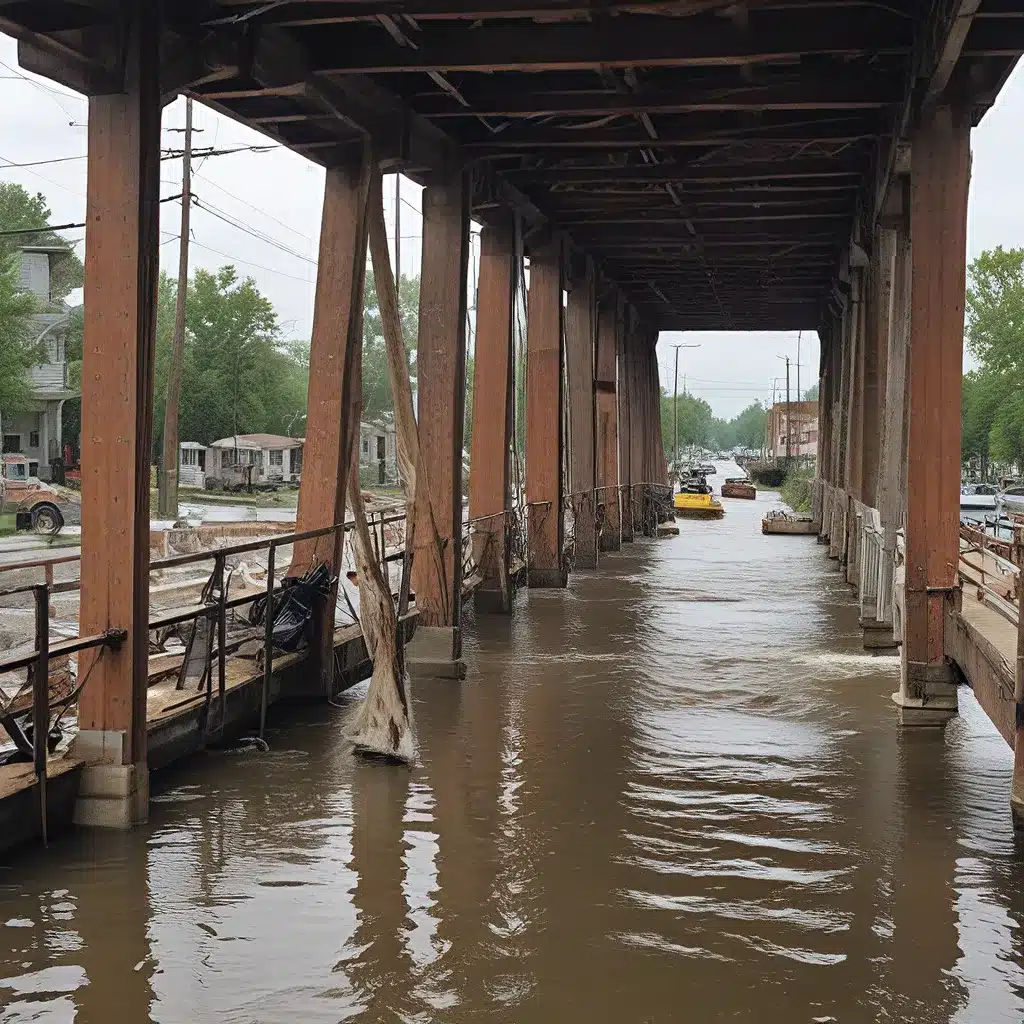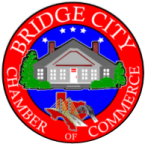
It was a dark, stormy night in Bridge City when the floodwaters started to rise. The residents, who had weathered their fair share of natural disasters, knew this was no ordinary storm. As the water crept up the streets and lapped at the doorsteps of local businesses, a sense of dread settled in. This was going to be a long and arduous recovery process, but the people of Bridge City were determined to rise to the challenge.
Weathering the Storm: Bridge City’s Resilience in Action
As the rain pounded the windows and the wind howled outside, the community leaders of Bridge City sprang into action. They knew that the key to weathering this storm was to tap into the resilience that had carried them through previous disasters. Resilient Houston, a report from the City of Houston, had outlined the importance of building strong, adaptable communities that could withstand the challenges of the future. The Bridge City team was determined to put those principles into practice.
“It was all hands on deck,” recalls Sarah, a lifelong resident of Bridge City. “The mayor called an emergency meeting, and within hours, we had a comprehensive plan in place. Everyone in the community was pitching in, from the local business owners to the school teachers to the retirees. We knew that if we were going to get through this, we had to do it together.”
Leveraging Community Partnerships
One of the first steps the Bridge City team took was to reach out to their network of community partners. Ten Years After Sandy, a report from the New York City Comptroller’s Office, had highlighted the importance of strong partnerships in disaster recovery efforts. The Bridge City team knew they couldn’t tackle this challenge alone.
“We reached out to the local chamber of commerce, the nonprofit organizations, and even the neighboring towns,” explains Sarah. “We knew that by pooling our resources and working together, we could be more effective in our disaster response and recovery efforts.”
One of the key partnerships that proved invaluable was with the Bridge City Disaster Relief Fund, a local nonprofit that had been established in the wake of previous natural disasters. The fund was able to quickly mobilize and provide financial assistance to businesses and families in need.
“It was a game-changer,” says Sarah. “Without the Disaster Relief Fund, many of our local businesses would have been forced to close their doors permanently. The funding they provided helped us keep the lights on and get back on our feet.”
Investing in Infrastructure Resilience
As the community began to recover from the initial onslaught of the storm, the Bridge City team turned their attention to the long-term resilience of their infrastructure. Resilient Cities and Structures, a webinar series from the Journal of Resilient Cities and Structures, had highlighted the importance of designing infrastructure that could withstand the impacts of climate change and natural disasters.
“We knew that we couldn’t just patch things up and hope for the best,” says Sarah. “We had to take a hard look at our buildings, our roads, our utilities, and our emergency response systems, and figure out how we could make them stronger and more resilient.”
The Bridge City team worked closely with engineers, architects, and urban planners to identify areas of vulnerability and develop a comprehensive plan for infrastructure upgrades. This included raising the elevation of critical facilities, retrofitting buildings to withstand high winds and flooding, and investing in backup power and communication systems.
“It was a massive undertaking, but we knew it was necessary,” says Sarah. “We couldn’t afford to go through this kind of disaster again and have our community be caught off guard. We had to be proactive and build for the future.”
Fostering Community Engagement and Resilience
As the physical infrastructure of Bridge City was being strengthened, the team also turned their attention to the social and economic fabric of the community. They knew that true resilience went beyond just bricks and mortar – it required engaged and empowered citizens who were invested in the success of their neighborhood.
“We started by reaching out to our local businesses and asking them what they needed to not only survive, but to thrive in the wake of the disaster,” explains Sarah. “Many of them were struggling with supply chain issues, workforce challenges, and a lack of access to capital. We knew we had to do something to support them.”
The Bridge City team worked closely with the local chamber of commerce to develop a series of programs and initiatives designed to help businesses get back on their feet. This included everything from low-interest loans and tax credits to job training and workforce development programs.
But the team didn’t stop there. They also launched a community engagement campaign, aimed at getting residents involved in the recovery and resilience-building efforts.
“We knew that if we wanted our community to be truly resilient, we needed to empower our citizens to be active participants in the process,” says Sarah. “So we started hosting town halls, block parties, and community workshops, where people could come together, share their stories, and brainstorm solutions.”
These efforts paid off in spades, as the residents of Bridge City embraced the challenge of building a more resilient community. Neighbors started checking in on each other, volunteering their time and skills to support the recovery efforts, and even launching their own grassroots initiatives to address specific needs.
“It was inspiring to see,” says Sarah. “The people of Bridge City really stepped up and showed just how strong and resilient our community can be.”
Lessons Learned and Looking Ahead
As the dust settled and Bridge City began to recover, the team took some time to reflect on the lessons they had learned. They knew that while the road ahead would be long and difficult, they were better prepared than ever to face future challenges.
“One of the biggest things we learned is that resilience is not just about physical infrastructure – it’s about building strong, connected communities,” says Sarah. “When we work together, when we support one another, and when we’re all invested in the success of our neighborhood, that’s when we’re truly resilient.”
The Bridge City team also recognized the importance of continuous improvement and adaptation. They knew that the challenges they faced today might be different from the ones they’ll face tomorrow, and they were committed to staying ahead of the curve.
“We’re not just going to rest on our laurels,” says Sarah. “We’re going to keep studying the latest research, staying connected with our community partners, and looking for new ways to make our city even more resilient. Because at the end of the day, the safety and well-being of our residents is what matters most.”
As Sarah looks out over the rebuilt streets of Bridge City, she can’t help but feel a sense of pride. It’s been a long and difficult journey, but the community has emerged stronger and more resilient than ever before.
“I’m so proud of what we’ve accomplished here,” she says, a smile spreading across her face. “We’ve shown the world that when a community comes together and puts its mind to something, there’s no challenge it can’t overcome. And that’s the kind of spirit that will carry us through whatever the future holds.”
With that, Sarah turns and heads back into the heart of Bridge City, ready to tackle the next challenge head-on. After all, this is a community that knows a thing or two about resilience.


